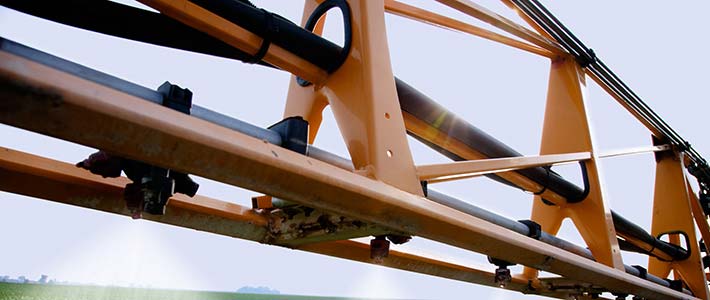 Weather has been a topic of debate for generations of farmers. A lot rides on it, and there isn’t much we can do about it. However, there are tools available to help with planning. As I have mentioned before, I tend to read the drought monitor report (http://droughtmonitor.unl.edu/) every Friday morning. One of the extras associated with the drought monitor is the supplemental info, forecasts in particular. The forecast map is updated monthly; this last time was Feb. 18.
Weather has been a topic of debate for generations of farmers. A lot rides on it, and there isn’t much we can do about it. However, there are tools available to help with planning. As I have mentioned before, I tend to read the drought monitor report (http://droughtmonitor.unl.edu/) every Friday morning. One of the extras associated with the drought monitor is the supplemental info, forecasts in particular. The forecast map is updated monthly; this last time was Feb. 18.
As one explores the maps, we see a predicted warmer than normal spring and summer (March – September), a normalish fall (October?), with a colder than normal winter (Nov-Feb) and spring (2017). The precipitation map for Minnesota indicates EC, or equal chances of wetter than normal, normal, or drier than normal precipitation, which is another way of saying “danged if I know.”
What does this mean to you? Anything suggested now is a guess, hopefully a scientific guess, but a guess nonetheless. However this article is to stimulate discussion and planning on your part, so here are my guesses.
- We may have the opportunity to plant early. Early planting, combined with increased heat units will lay the foundation for good yields. Monitor your soil temperature early to stay ahead of the game.
- The soybeans may germinate quickly and grow rapidly. Warm soils with proper moisture levels may provide a more optimal growth rate. The early growth rate may surprise us all.
- Pests may be active early, especially post emergent weeds and insects. A solid scouting program will keep you ahead of the game. This may be a good year to calibrate your equipment early.
- Good growth should equal faster canopy closure. This should help with controlling weeds, but the higher humidity around the stems and lower leaves due to early canopy closure may be a negative with plant disease, especially if nights are not cold. Advanced field monitoring will be needed.
- Evapotranspiration may be greater than normal, inducing accelerated soil dryness. High plant populations combined with rapid growth will induce a lot of water movement out of the soil via the leaf stomata. We may set ourselves up for drought damage, even with somewhat normal rainfall. A minor dry spell in August may have major impact on pod fill.
- Early planting, good growth and adequate heat accumulation may mean an early harvest. Equipment needs may come earlier than usual.
Well that is what my crystal ball, cloudy as it is, suggests. What are your thoughts?
Tags: Drought Monitor






